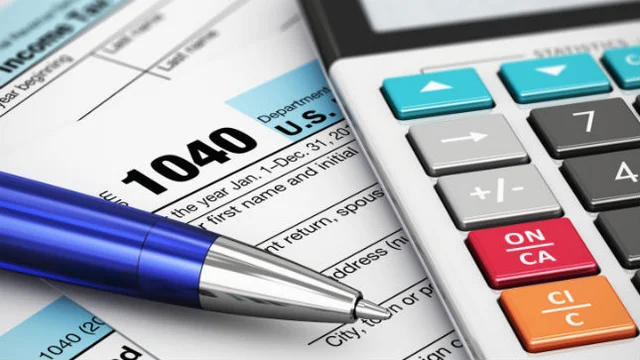FOR IMMEDIATE RELEASE
DALLAS (March 22, 2018) Virtually all income groups can expect substantial benefits from tax reform, according to a new study that uses the most sophisticated modeling available to economists.
“Within every age group, the rich will pay essentially the same share of taxes (net of transfer payments) and experience essentially the same percentage increase in living standard as the middle class and poor,” said Boston University economist Laurence Kotlikoff, one of the authors of the study.
The study shows that the rich will receive many more dollars of tax relief, because their tax burden was so much higher to begin with. But the percentage gain is about the same across all income groups, “leaving the new system just as progressive as the system it will replace,” he said.
Unlike other analyses, the study considers the lifetime effects of the new tax law, instead of the effects over the next few years. It also includes the interaction of the new tax law with state and local taxes and more than 30 entitlement programs, including Social Security and Medicare.
Among the findings:
- For middle class households in their 20s, the lifetime benefits of tax reform average $68,952 in present value.
- For the average middle class 30-year-old household, tax reform is worth $75,233.
- For the average middle class 40-year-old household, the reform is worth $67,932.
Roughly 30 percent of these gains are from lower taxes. The remainder is the result of higher wages and a larger economy, as estimated by Kotlikoff’s state-of-the-art model of international capital flows. That model predicts a roughly 5.5% increase in US average wages (about $4,000 per household per year) because of a large inflow of capital from abroad, which will occur over time. (See the analysis here.)
Elderly retirees don’t benefit as much because they are no longer receiving wages and they have fewer years of life remaining. Even so, 60-year-old households can expect a gain of more than $12,000 from lower taxes alone.
Kotlikoff says there is virtually no change in the progressivity of the tax system, either from the tax cuts directly or from the effects of a larger economy paying higher wages. For example:
- Among people in their 40s, the wealthiest 1% could expect to enjoy 12.9% of the group’s remaining lifetime consumption before tax reform. Under the new system, that number is slightly lower at 12.8%
- For middle fifth of 40-year-old income earners, the share inches from 13.9% to 13.8%.
- For the bottom fifth, the share barely moves from 5.8% to 5.7%.
“As far as inequality, measured by the distribution as opposed to the absolute level of spending, is concerned, nothing has really changed,” said Kotlikoff. “All income groups are experiencing roughly the same percentage gains.”
The study was coauthored by Alan Auerbach, an economist at the University of California at Berkeley and Darryl Koehler of the Fiscal Analysis Center. Kotlikoff and Auerbach are sometimes called the “deans of dynamic forecasting” because of their pioneering work in the field. For example, the Auerbach-Kotlikoff life-cycle model is used by the Congressional Budget Office, the Joint Committee on Taxation and other economists around the world. Their measurement of progressivity uses sophisticated tools that are not replicated by any other model.
The latest study was produced with funding from a number of sources, including the Goodman Institute for Public Policy Research.
Media Contact:
J. Waylon & Associates | waylon@jwaylon.com | 214-613-0073

0 Comments